Klaus Emil Jules Fuchs was a German physicist who helped both the US and the Soviet Union build atomic bombs. Fuchs remains a divisive figure. Some consider him a traitor, others a spy who worked for peace. Fuchs was born December 29, 1911 in Russelsheim, in Germany. His father was a strong-willed Lutheran pastor and pacifist. His mother was a housewife. Klaus became interested in politics in his youth and joined the Communist Party in 1932. Later he participated in demonstrations against the rise of Hitler. To avoid political persecution, he fled first to Paris, then Britain, where he obtained a degree in general physics. In 1942 he acquired British citizenship. In 1941, Rudolf Peierls, head of the British atomic effort, recruited him to do nuclear research. The outbreak of World War Two pushed Britain and the US to speed up their atomic research. Fuchs was called upon to collaborate.
He knew the Soviet Union lagged behind in atomic research and considered it dangerous for just one country to have control over such a devastating weapon. A fervent Communist, Fuchs decided in 1943 to leak secret information to the Soviets. The US detonated the first atomic bomb in New Mexico on July 16, 1945. Fuchs was one of the contributors who watched the experiment.
On August 29, 1949, in Kazakhstan, the Soviets detonated their first atomic device. Fuchs had also helped them achieve their atomic goals. In 1948, counterespionage intercepts suggested the presence of a Soviet spy in Britain. Fuchs’ name was decoded from encrypted messages and he was placed under surveillance. Fuchs was arrested on February 2, 1950 and sentenced to 14 years in prison. Asked to comment on his treason, he said, “I am glad to have obstructed nuclear war, and to have given the Russians the means with which to defend themselves against any future H-bomb attacks.” Freed in 1959, Fuchs moved to East Germany, where he was treated as a hero. He died in East Berlin on January 28, 1988. He was 76.
He knew the Soviet Union lagged behind in atomic research and considered it dangerous for just one country to have control over such a devastating weapon. A fervent Communist, Fuchs decided in 1943 to leak secret information to the Soviets. The US detonated the first atomic bomb in New Mexico on July 16, 1945. Fuchs was one of the contributors who watched the experiment.
On August 29, 1949, in Kazakhstan, the Soviets detonated their first atomic device. Fuchs had also helped them achieve their atomic goals. In 1948, counterespionage intercepts suggested the presence of a Soviet spy in Britain. Fuchs’ name was decoded from encrypted messages and he was placed under surveillance. Fuchs was arrested on February 2, 1950 and sentenced to 14 years in prison. Asked to comment on his treason, he said, “I am glad to have obstructed nuclear war, and to have given the Russians the means with which to defend themselves against any future H-bomb attacks.” Freed in 1959, Fuchs moved to East Germany, where he was treated as a hero. He died in East Berlin on January 28, 1988. He was 76.
RELATED


POP
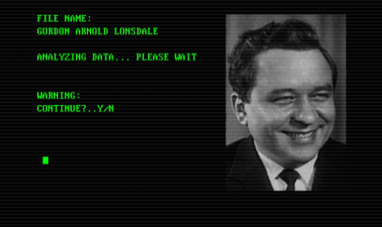

GORDON ARNOLD LONSDALE
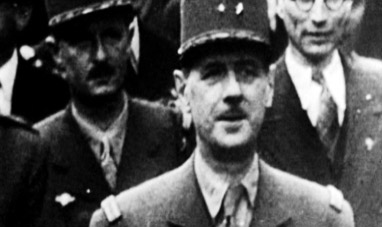

CHARLES DE GAULLE
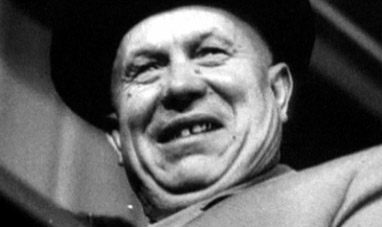

NIKITA KHRUSHCHEV


MATTHEW C. PERRY


ANDREI ZHDANOV
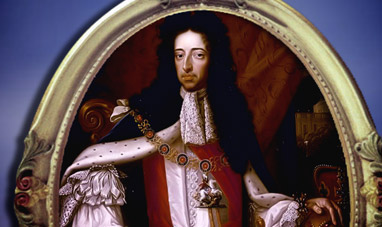

WILLIAM III, OF ORANGE
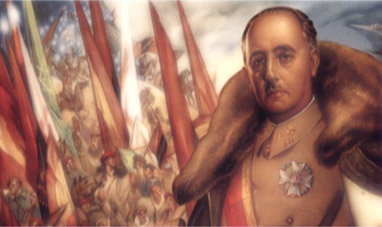

FRANCISCO FRANCO


IVAN THE TERRIBLE
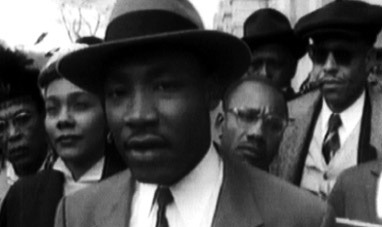

MARTIN LUTHER KING


CHE GUEVARA
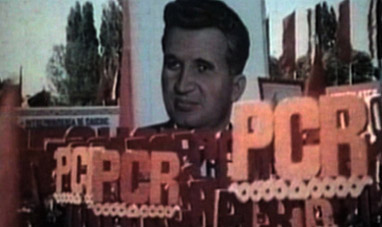

NICOLAE CEAUSESCU
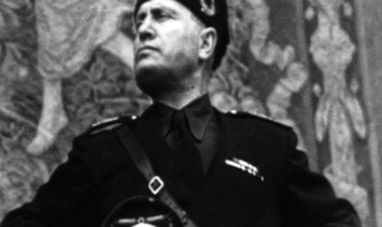

BENITO MUSSOLINI


FRANCISCO PIZARRO


NAPOLEON III


RUHOLLAH KHOMEINI


VIKTOR ADLER


NERO


PORFIRIO DÍAZ
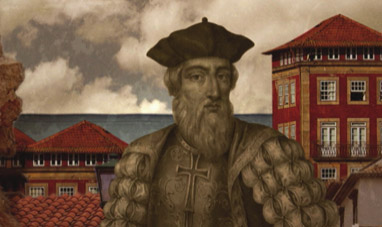

VASCO DA GAMA


JOSEPH GOEBBELS
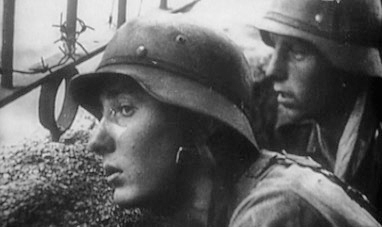

THE RUSSIAN CAMPAIGN


ENZO FERRARI


GENGHIS KHAN


THE COUNT-DUKE OF OLIVARES


INTELLIGENCE SEPTEMBER 2015
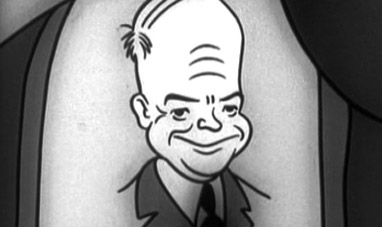

DWIGHT EISENHOWER
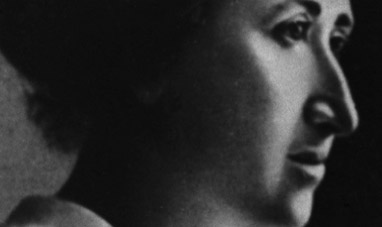

ROSA LUXEMBURG
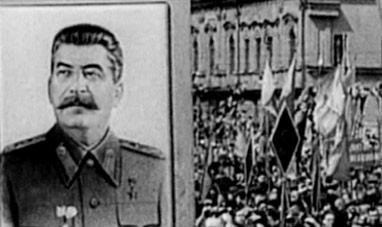

STALIN
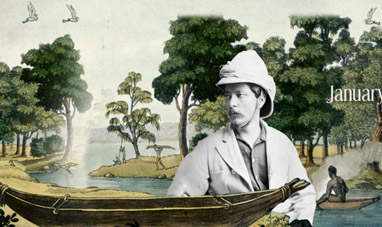

HENRY MORTON STANLEY
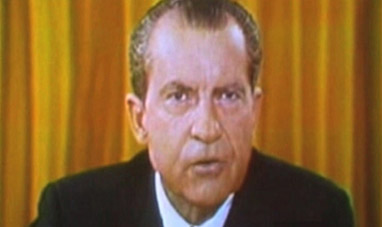

RICHARD NIXON
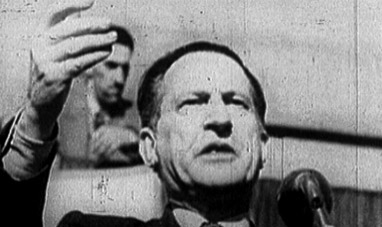

ALCIDE DE GASPERI
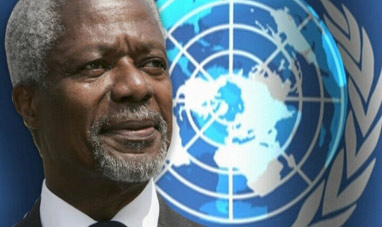

KOFI ANNAN


CHARLEMAGNE


PERICLES
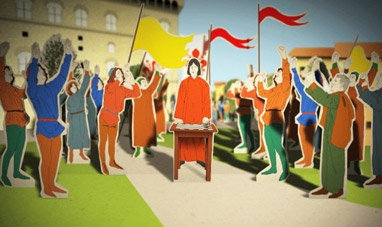

LORENZO DE' MEDICI
